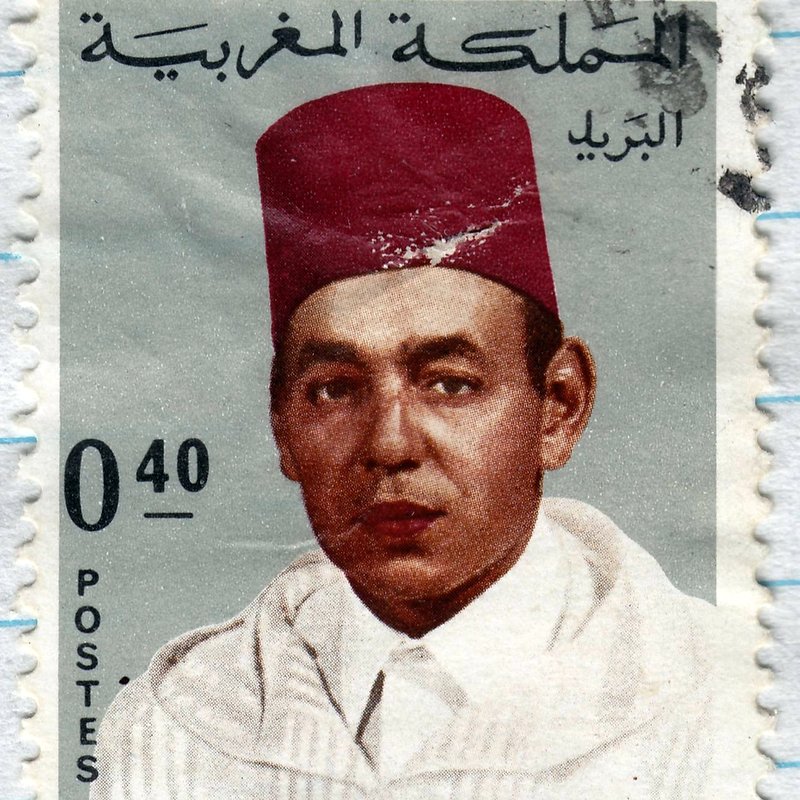The Hassan II Trophy, held last week in Morocco, was named for the man who ruled that country from 1961 until his death, in 1999—as I wrote in my previous post. Shortly after Hassan died, a journalist described his legacy as “economic backwardness, rising demographic pressures, widespread corruption, vast and open disparities of income, urban overpopulation, rural decay, illiteracy, inadequate public services, underutilization of resources and environmental destruction.” But he loved golf! To help him learn the game and keep him company while he played, he imported a number of American pros, among them Claude Harmon (who was his teacher), Butch Harmon (who served as the head pro at Dar es Salaam Golf Club, in Rabat), and Billy Casper (who came to like the King and the country so much that he described himself to me as “half-Moroccan.”) That’s Casper on the left in the photo below, and King Hassan in the middle:
Casper was the architect. He said the King had asked him to design a course for the site, and that he made drawings and sent them to the palace but ever heard anything back. “Then someone told me the course had been built—and from my drawings,” Casper said. It turned out that the King’s construction crew had simply superimposed Casper’s layout on the existing fields, and had done none of the indicated contouring. As a result, the fairways all run as the fields used to run, and the greens are all flat (and huge). Casper told me he had never played it—something he could have done only at the invitation of the King. Another journalist explained: “Morocco is a real kingdom, not a constitutional monarchy, and the King thinks like a king.” In other words, inviting the architect to give his own course a try is something that wouldn’t occur to him. We did get to sit on the roof of the King’s personal clubhouse, though—and that’s where I am in the photo above.







